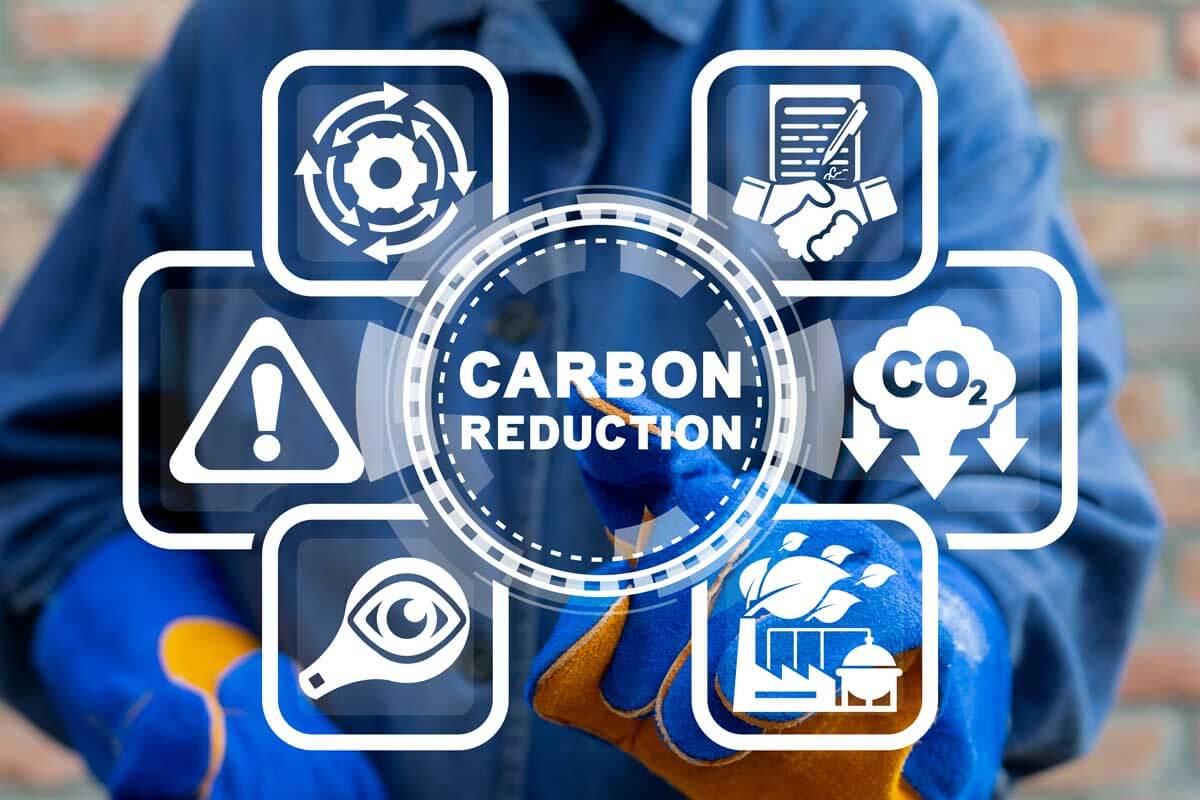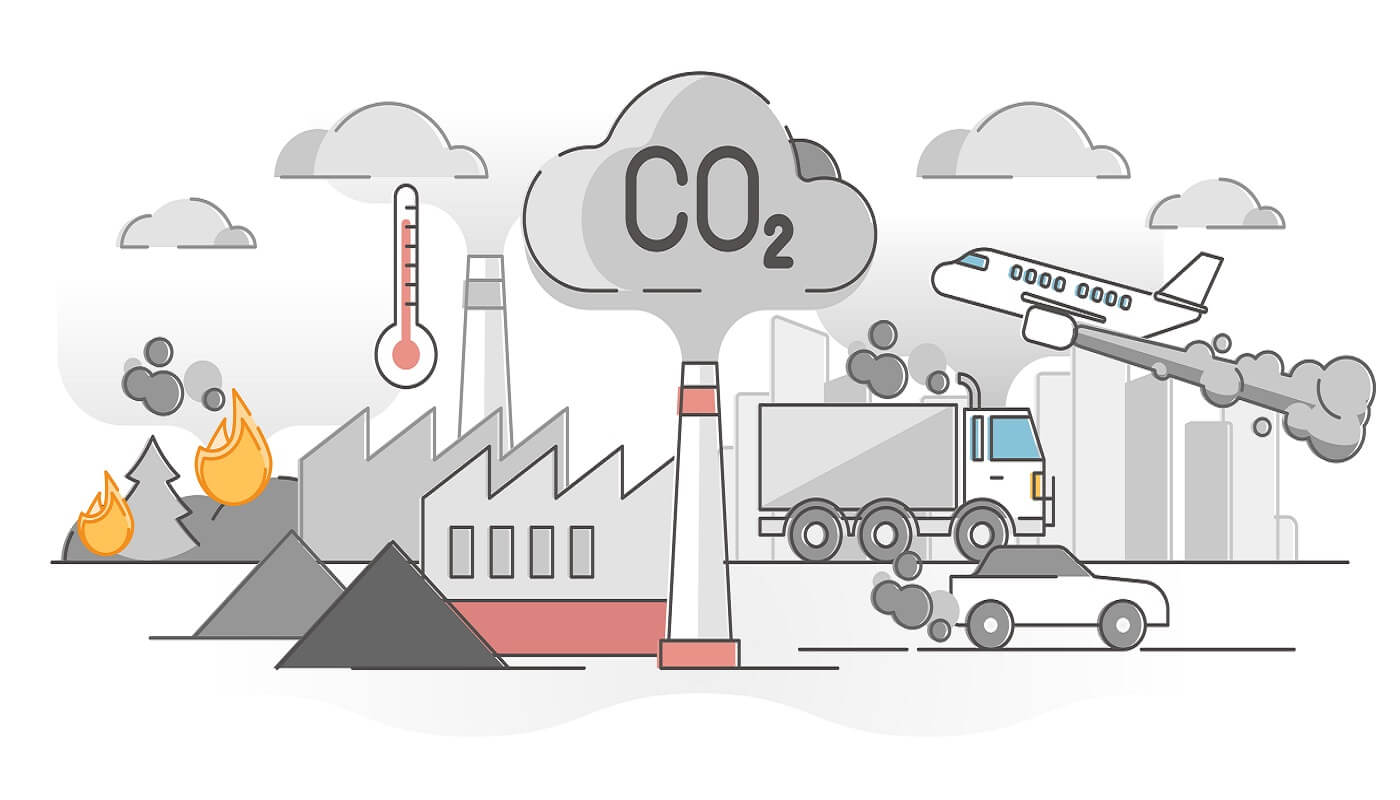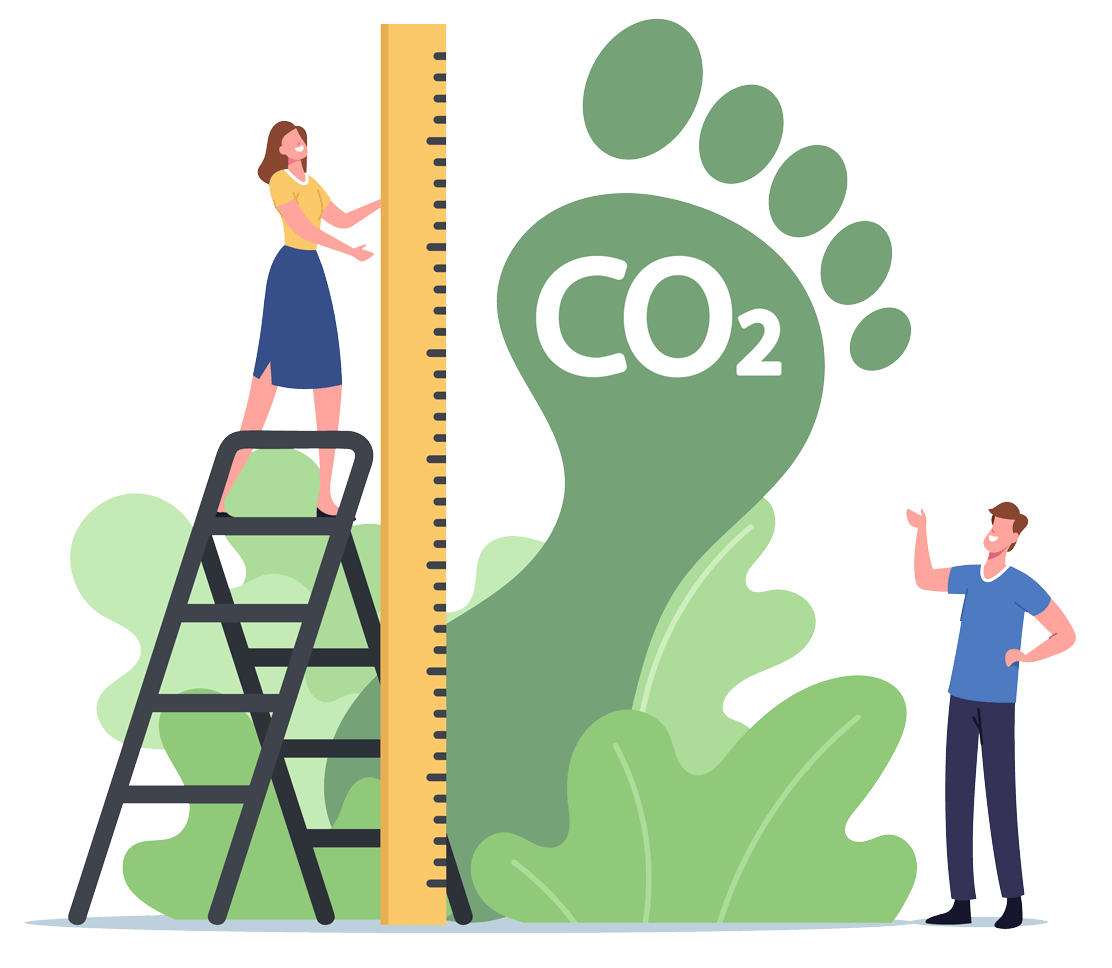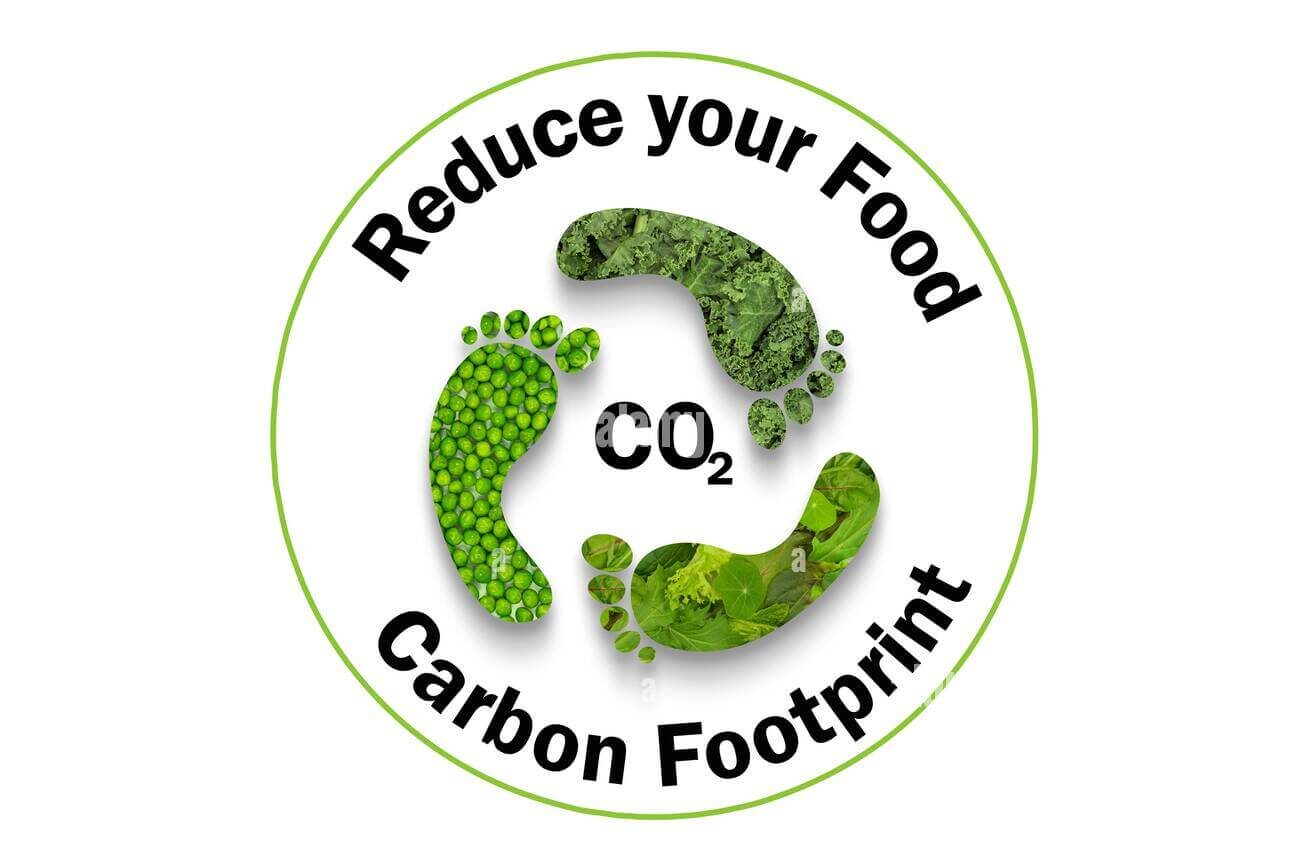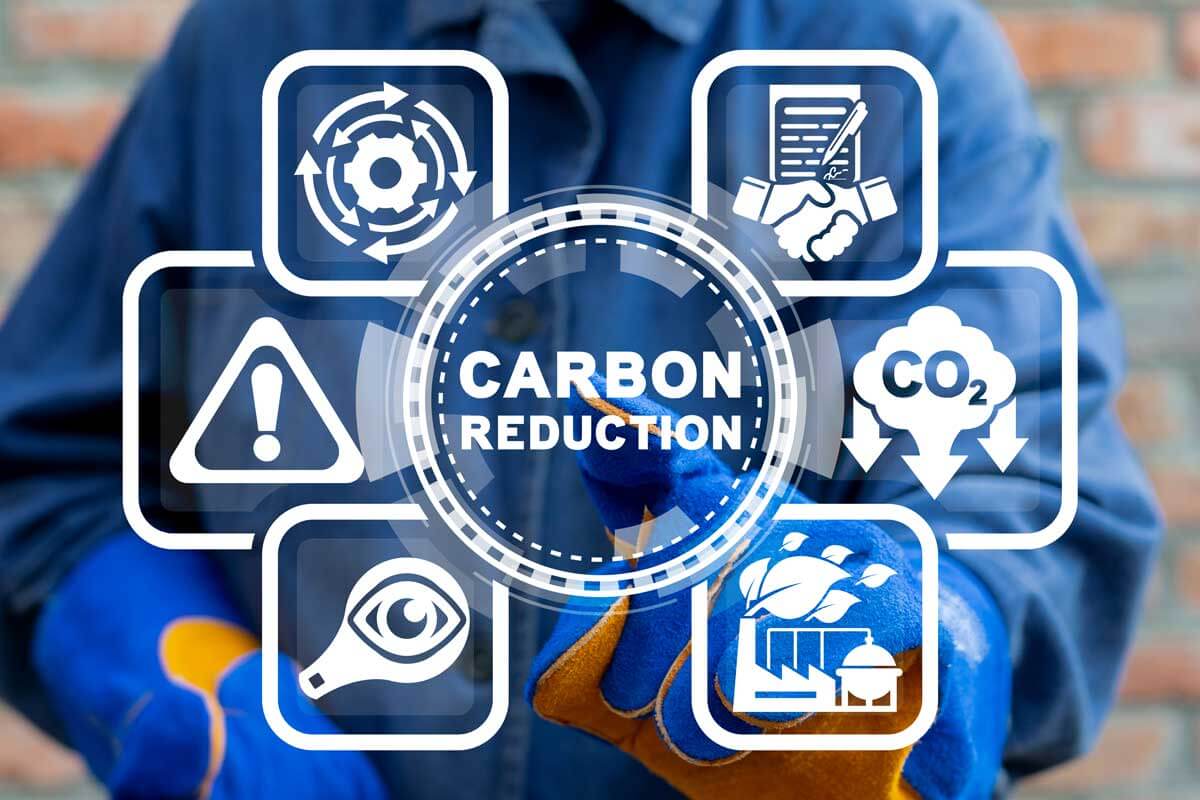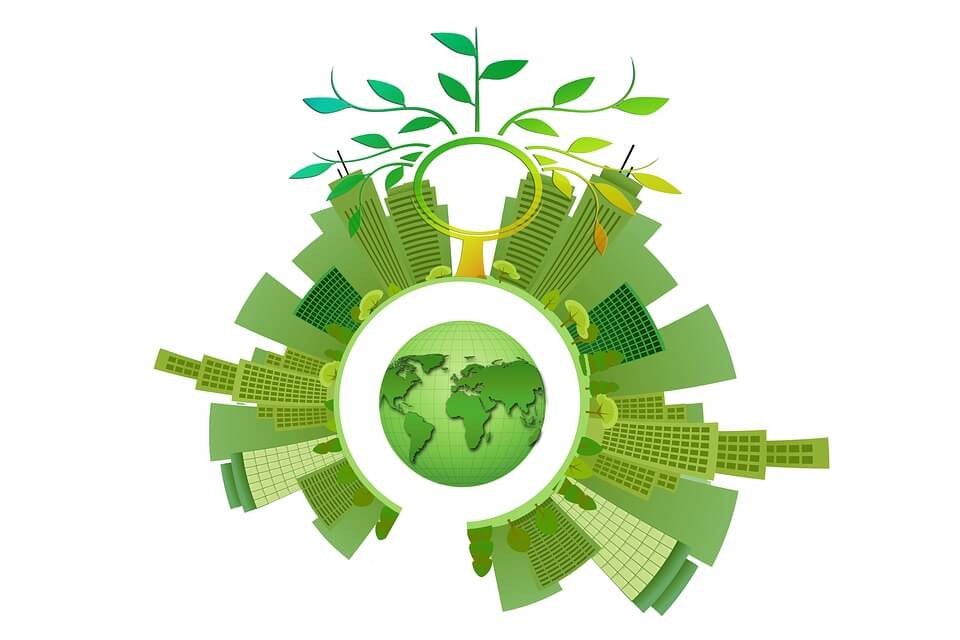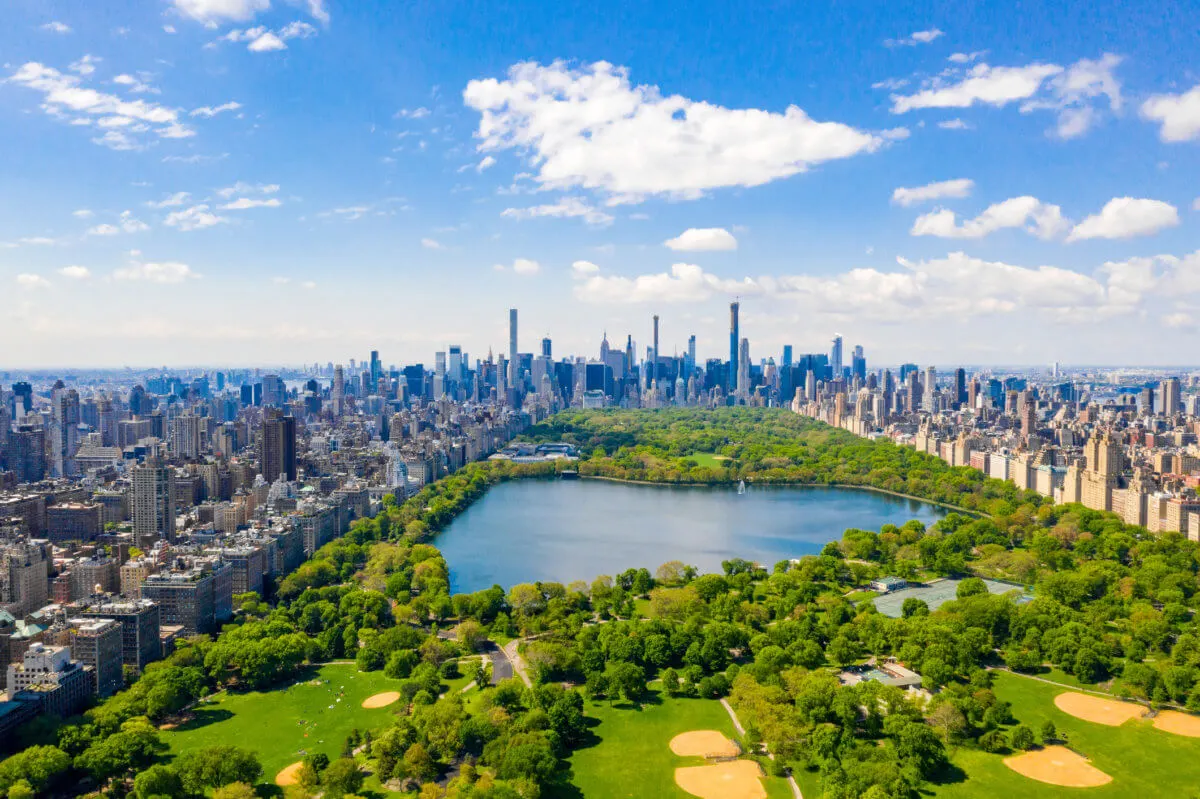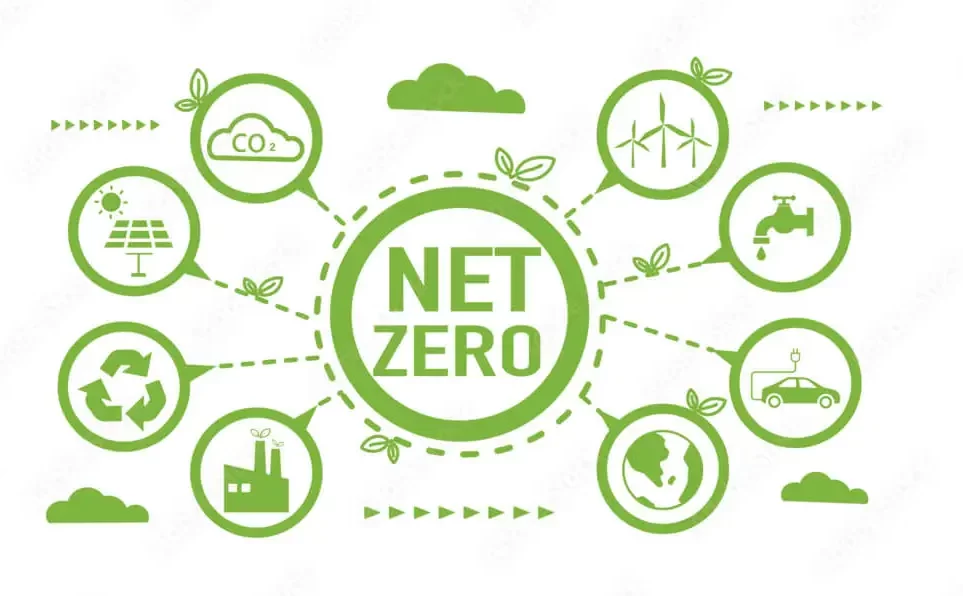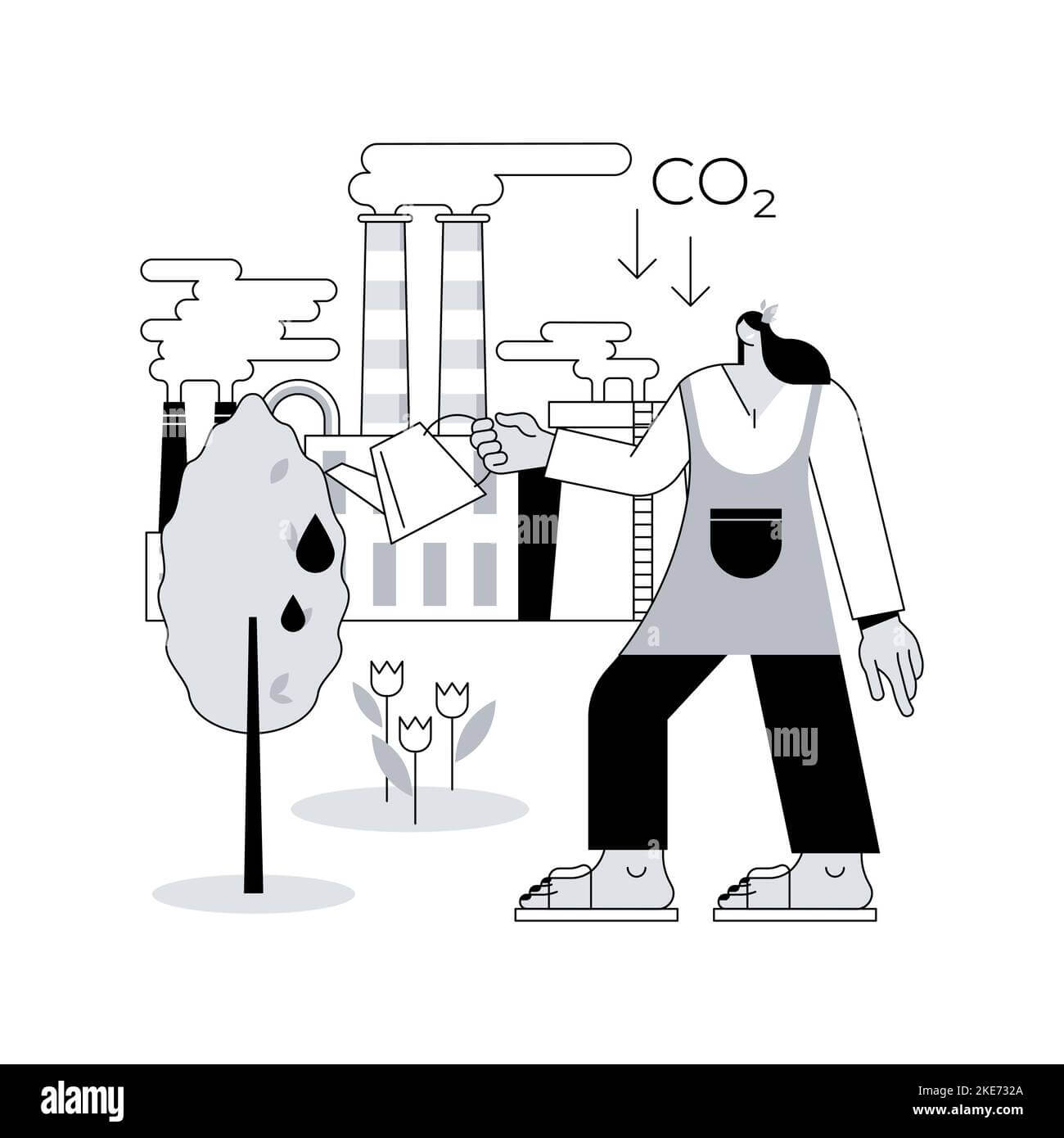
How to save water to reduce my carbon footprint?
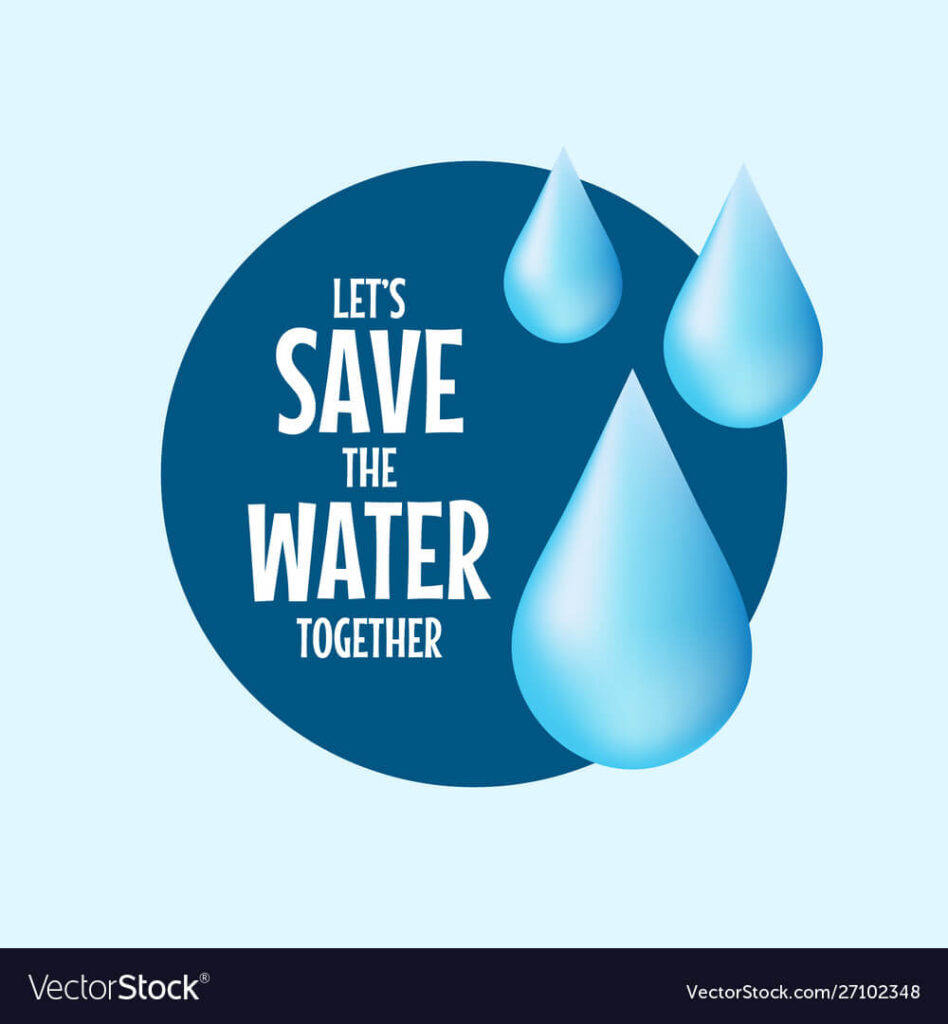
Water is a precious resource that is essential for our daily lives. However, our water consumption habits can have a significant impact on the environment, particularly in terms of carbon emissions.
We will explain practical steps you can take to save water and reduce your carbon footprint. By implementing these strategies, you can make a positive impact on the environment and contribute to the fight against climate change.
In this article you will learn about how to save water to reduce your carbon footprint the following:
- The concept of a carbon footprint and how water usage contributes to it.
- Steps to assess and reduce your water usage to reduce your carbon footprint.
- The advantages of:
-Repairing leaks
-Using water-saving fixtures
-Adopting water-smart habits
-Collecting and reusing water
-Educating yourself and others
Understanding the Carbon Footprint of Water Usage
Before we delve into the practical steps, let’s first understand the concept of a carbon footprint and its relevance to water consumption.
A carbon footprint measures the total amount of greenhouse gasses, such as carbon dioxide (CO2), emitted directly or indirectly by an individual, organization, or product.
Water-related activities, including the extraction, treatment, and distribution of water, as well as the energy required for heating and pumping, contribute to greenhouse gas emissions.
According to the United States Environmental Protection Agency (EPA), three percent of the nation’s energy is used to supply and treat water. Therefore, by saving water, we can also reduce greenhouse gas emissions.
Water conservation is a crucial aspect of reducing our carbon footprint.By adopting water-saving practices, we can minimize the energy-intensive processes associated with water supply and treatment.
Step 1: Assess Your Water Usage
To effectively save water and reduce your carbon footprint, it is important to assess your current water consumption. By understanding your baseline water usage, you can identify areas where you can make the most significant impact.
Here’s how you can assess your water usage:
- Calculate your current water consumption:Review your water bills or use a water meter to determine your average daily water consumption.
This will give you a clear picture of your current usage and help you set goals for reduction. - Identify areas of high water usage: Take note of the activities or areas in your home where you use the most water.
Common areas include showers, toilets, faucets, and outdoor irrigation systems. - Analyze the carbon footprint associated with each category: Consider the energy required to heat water, pump it to your home, and treat wastewater.
This will help you understand the carbon emissions associated with each water usage category and prioritize your conservation efforts.
Step 2: Fix Leaks and Dripping Faucets
Water wastage in households is leaking and dripping faucets. Not only do these leaks contribute to unnecessary water consumption, they also waste energy and increase carbon emissions. Here’s what you can do to fix leaks:
- Promptly detect and repair leaks: Regularly inspect your home for leaks in faucets, toilets, and pipes.
Look for signs of water damage, such as mold or dampness. Fix any leaks promptly to prevent further water waste. - DIY leak repairs: Many common leaks can be fixed easily with basic tools and materials. For example, a leaky faucet can often be resolved by replacing a worn-out washer or gasket.
Online tutorials and guides can provide step-by-step instructions for various leak repairs.
According to a study conducted by UC Davis, water conservation programs not only save water but also reduce energy use and greenhouse gas emissions.
Step 3: Install Water-Efficient Fixtures and Appliances
Installing water-efficient fixtures and appliances is another effective way to save water and reduce your carbon footprint. These products are designed to minimize water usage without compromising performance.
Consider the following steps:
- Benefits of water-efficient fixtures and appliances: Switching to water-efficient fixtures and appliances can result in significant water savings.
For example, low-flow showerheads, faucet aerators, and dual-flush toilets can reduce water consumption without sacrificing functionality. - Selecting and installing water-saving devices: When purchasing new fixtures or appliances, look for products with the WaterSense label.
This label indicates that the product meets water efficiency and performance criteria set by the EPA.
Additionally, consider hiring a professional plumber for proper installation, ensuring optimal performance and water savings.
By using water-efficient fixtures and appliances, you can conserve water and reduce the associated carbon emissions.
The study conducted by UC Davis and the Los Angeles Department of Water and Power (LADWP) found that these programs were cost-effective in reducing electricity use.
Step 4: Practice Water-Smart Habits
Adopting water-smart habits in your daily life can significantly contribute to water conservation and carbon footprint reduction. Here are some tips to help you practice water-smart habits:
- Shorter showers and faucet usage: Take shorter showers and turn off the faucet while brushing your teeth or lathering your hands. These simple actions can save gallons of water each day.
- Full loads for laundry and dishes: Wait until you have a full load of laundry or dishes before running the machine. This maximizes the efficiency of water and energy usage.
- Outdoor water conservation: When watering plants or lawns, do it during cooler hours to minimize evaporation.
Consider using mulch to retain moisture and reduce the need for frequent watering.
According to KLIMA, European households use an average of 144 liters of water per person per day, contributing to their carbon footprint.
Implementing these actions can have significant benefits for the climate and water conservation, especially in the face of increasing droughts caused by climate change.
Step 5: Collect and Reuse Water
The practice involves collecting rainwater and reusing it for various purposes. By implementing water harvesting methods, you can reduce your reliance on freshwater sources and lower your carbon footprint.
Consider the following steps:
- Water harvesting methods:There are several methods you can use to collect rainwater, such as installing rain barrels, constructing rain gardens, or designing a more complex rainwater harvesting system.
Research these methods to find one that suits your needs and local regulations. - Outdoor water reuse: Utilize collected rainwater for outdoor purposes, such as watering plants, cleaning outdoor surfaces, or filling birdbaths.
This reduces the demand for treated water from municipal sources.
Water reuse through rainwater harvesting reduces the need for energy-intensive water treatment and distribution processes.
Step 6: Educate Yourself and Others
Educating yourself and others about the importance of saving water can inspire collective action and make a positive impact on the environment. Here’s what you can do:
- Share resources and information: Recommend books, documentaries, websites, or articles that provide information on water-saving techniques.
These resources can offer valuable insights and practical tips for individuals and communities. - Environmental impact of education: By educating others about water conservation, you contribute to a multiplier effect.
When individuals understand the importance of water conservation and make changes in their own lives, the collective impact can be significant.
Step 7: Support Water Conservation Programs
Participating in and supporting local water conservation programs can amplify your individual efforts and contribute to broader sustainability initiatives. Here’s how you can get involved:
- Participate in local initiatives: Join community-led water conservation programs, workshops, or events.
These activities often provide valuable information and resources to help you save water and reduce your carbon footprint. - Advocate for sustainable water management policies: Stay informed about water-related policies and regulations in your area.
Engage with local authorities and advocate for sustainable practices and policies that promote water conservation.
By supporting water conservation programs and initiatives, you not only contribute to water and energy savings but also help reduce carbon emissions on a larger scale.
Step 8: Monitor and Track Your Progress
Monitoring your water usage is crucial to ensure that your efforts are effective and to identify areas for further improvement. Consider the following steps to monitor and track your progress:
- Regularly check your water meter: Keep an eye on your water meter to monitor your consumption.
By comparing readings over time, you can assess the impact of your water-saving efforts and make adjustments accordingly. - Utilize water monitoring devices or apps: Various devices and smartphone apps are available to help you track your water usage and set goals for reduction.
These tools provide real-time data and insights that can motivate you to conserve water.
Consistently monitoring and reducing your water consumption not only helps you save water but also reduces the associated carbon emissions. By being mindful of your water usage.
Step 9: Share Your Success and Inspire Others
Sharing your water-saving experiences with friends, family, and your community.
Step | Description |
1 | Assess your water usage |
2 | Fix leaks and dripping faucets |
3 | Install water-efficient fixtures and appliances |
4 | Practice water-smart habits |
5 | Collect and reuse water |
6 | Educate yourself and others |
7 | Support water conservation programs |
8 | Monitor and track your progress |
9 | Share your success and inspire others |
Conclusion
In short, water conservation and carbon footprint reduction are closely linked.
Water is essential to our daily lives, but its inefficient use can contribute to greenhouse gas emissions and climate change.To address this problem, we have highlighted nine key steps:
- Evaluate water consumption: Understanding and measuring your current water usage allows you to identify areas where you can have a greater impact on reducing your carbon footprint.
- Fix leaks and dripping faucets: Leaks are a significant source of water and energy waste. Detecting and repairing them promptly is essential.
- Install water-efficient devices and appliances: Using products labeled as WaterSense and low-water consumption can significantly reduce your usage.
- Adopt smart habits: Small changes in your daily routine, such as taking shorter showers or using full loads for washing machines and dishwashers, can make a difference.
- Collect and reuse rainwater: Collecting and reusing rainwater is an effective strategy to reduce the demand for treated water and decrease associated carbon emissions.
- Educate yourself and others: Sharing information about the importance of water conservation can inspire others to take similar actions, creating a multiplier effect.
- Support water conservation programs: Participating in local initiatives and advocating for sustainable policies contributes to broader water conservation efforts.
- Monitor and track progress: Keeping an eye on your water consumption and using technological tools can help you keep a record of your efforts and adjust your habits accordingly.
- Share your successes: Sharing your experiences in water savings with others can inspire and motivate more people to join the cause.
Collectively, these steps will not only reduce your carbon footprint but also help conserve a vital resource for our planet.
Water conservation is essential in the fight against climate change and in promoting a more sustainable and environmentally respectful lifestyle.
What causes carbon footprint? From everyday activities to industrial impacts, learn how to mitigate your environmental footprint effectively."
Understand carbon footprint units like CO2e and kilograms to measure and reduce your environmental impact effectively.
Explore the different carbon footprint types—direct, indirect, embodied, and product—and learn strategies to reduce your environmental impact effectively.
Learn how to reduce your personal carbon footprint with practical strategies on energy, transportation, diet, and waste. Make a sustainable impact today.
Discover practical tips on reducing your water carbon footprint. Learn about water-saving strategies and their impact on climate change in this enlightening guide.
Offset your carbon footprint effectively with expert guidance. Understand the impact of your daily activities on emissions, calculate your footprint accurately, and support reputable offset projects.
Learn practical ways to reduce your carbon footprint & fight climate change. From energy conservation to sustainable transportation & eco-friendly diets, take steps for a greener future!
The secrets of reducing your carbon footprint in products. Learn the importance, calculation methods, and actionable strategies for a sustainable future. Dive in now!
Sustainable strategies to shrink your carbon footprint. Learn eco-friendly practices for a greener lifestyle. Act now for a better world!
Ecuador's Zero Carbon Programme is a testament to the country's commitment to sustainability, setting a global example. This guide highlights the program's strategies, benefits, and how businesses can align with these green initiatives.
Discover the importance of Carbon Reporting in our analysis of Carbon accounting. Learn how to communicate your sustainability efforts clearly and transparently. Read more
Global Net Zero Programs leading the charge towards sustainability. From Latin America's innovative policies to the EU's Green Deal, this guide illuminates the path to a greener future for businesses, policymakers, and individuals.

